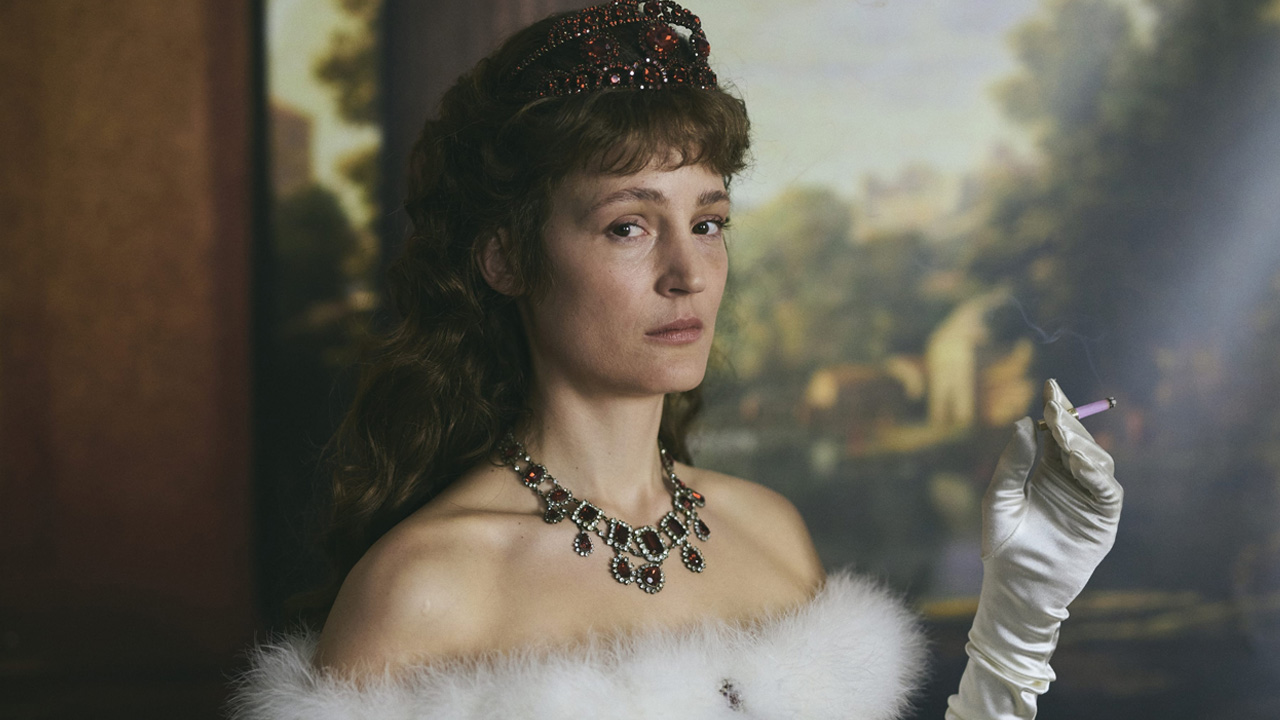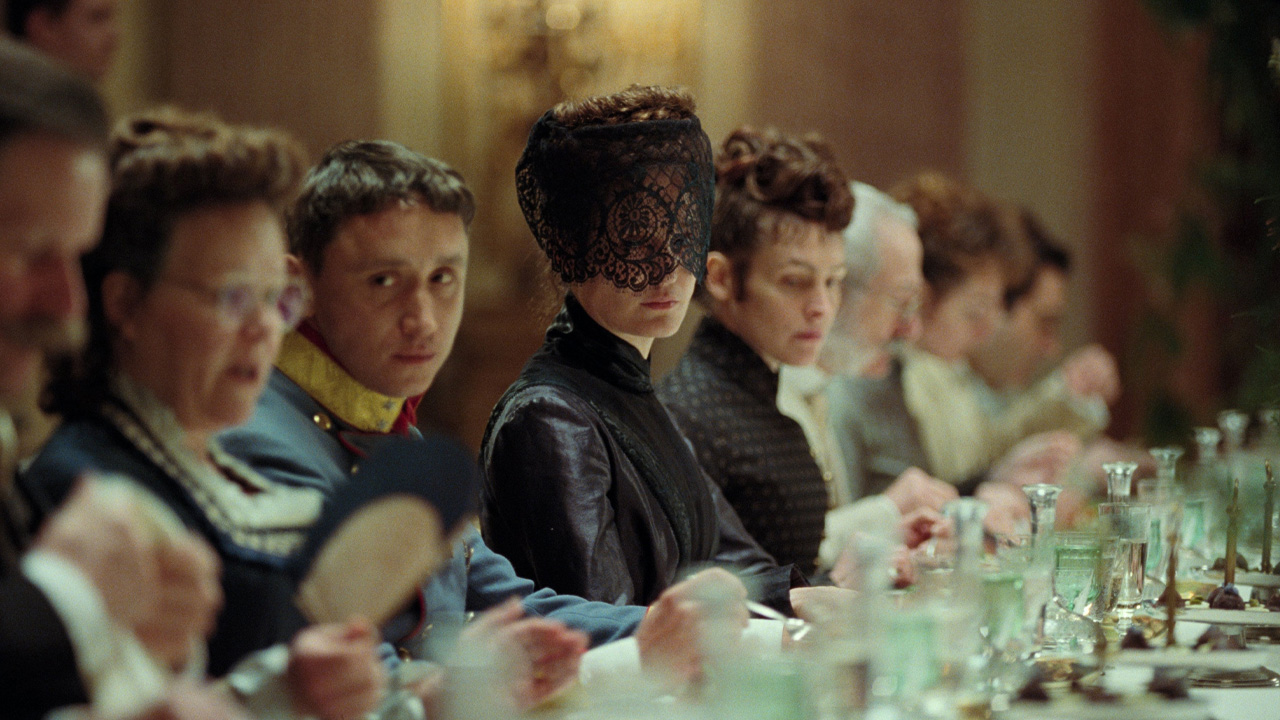Corsage is a lavish portrayal of a woman tired of pleasing people

In an award-winning performance, Vicky Krieps (Phantom Thread) plays Empress Elisabeth of Austria in Corsage. Providing a different take from Ernst Marischka’s epic trilogy, director Marie Kreutzer’s modern take could be comparable to Sofia Coppola’s Marie Antoinette, Lillian Crawford writes.
Empress Elisabeth of Austria, nicknamed Sisi, has perhaps captured the artistic imagination more than any other European royal. From a play by Jean Cocteau to a ballet choreographed by Kenneth Macmillan, the Empress has been captured as a towering presence of impossible lightness and beauty.
That image was cemented in an epic Sissi trilogy directed by Ernst Marischka, largely set in the Hapsburg seat of the Schönbrunn Palace in Vienna, in which the Empress was portrayed by a teenage Romy Schneider. The films made Schneider’s name, and restored Sisi herself as a national icon.
The reality of Sisi’s life was, unsurprisingly, far from the image of perfection Marischka gave to her in his gilded motion pictures. Her relationship with her husband, Emperor Franz Joseph I, was fraught and largely unhappy, and Sisi’s diet restriction and obsession with exercise indicates that she was anorexic.
These are facets of her existence which Marie Kreutzer brings attention to in her film Corsage, peeling back the glossy public image the Emperor and Empress maintained in their lifetime and popular legacy. It is a far more sensitive and nuanced portrayal than Pablo Larrain’s re-interpretation of Princess Diana in Spencer (2021), for example, never revelling in the difficulties of Sisi’s life in a way that feels fetishistic.
A better filmic comparison would be to Sofia Coppola’s Marie Antoinette (2006), which acknowledges and celebrates its anachronisms. It is far more engaging and enjoyable to watch an historical biopic which makes no pretence to authenticity, and Kreutzer is keen to signal her self-awareness through pop-aesthetic winks to camera.
Corsage features some beautiful songs by Camille, the French singer best-known for singing ‘Le Festin’ in Pixar’s Ratatouille (2007), which lift the characterisation of Sisi out of the nineteenth century and into the twenty first. Kreutzer wants to show a version of Sisi who resonates with contemporary feminist concerns, and this is precisely what she succeeds in doing.
Vicky Krieps does a fine job with Kreutzer’s screenplay, lending her subtle knowing expressions to the character in a way which works well. Sometimes her expressionless method does a disservice to Sisi, however, lacking the charm and beauty which Schneider brought to the Empress in Marischka’s films. It is a rather cold portrayal, which given Kreutzer’s stated disregard for authenticity is permissible, although it does make it difficult to believe how she managed to create and maintain such a loving image to so many when she struggles to even maintain a loving relationship with her daughter.

Krieps’s version of Sisi is, however, a strong portrayal of a woman who is tired of pleasing people. As she approaches her 40th birthday, the Empress is aware of how societal perceptions of her will change as she becomes an older woman. There are cracks in the extent to which she cares about behaving well for her public, as she moves from chainsmoking Sobranies to injecting heroin.
Obsession with her womanly image has given Sisi an element of control—she can faint on cue and make her ladies in waiting stand in for her when she can no longer be bothered with public engagements. It makes for gleeful viewing to see how the men around her squirm at her misbehaviour.
In many ways Corsage is as lavish and ostentatious as Marishka’s Sissi films. Cinematographer Judith Kaufman captures the Schönbrunn in all its opulent glory, but then also sneaks into the hollow walls as characters move about in what feels like backstage spaces. Kreutzer handles these shifts delicately, weaving in and out of public and private with expert care so as to always show without too much hand holding. It is a majestic blueprint for modern historical drama.



















